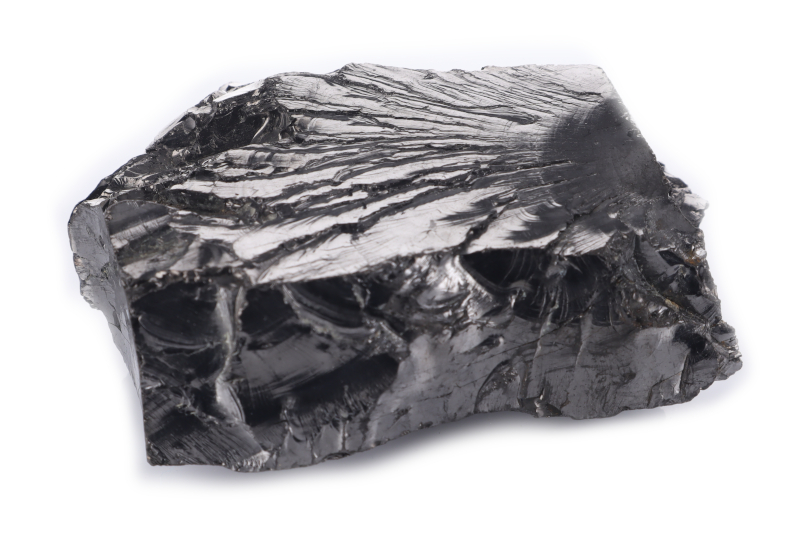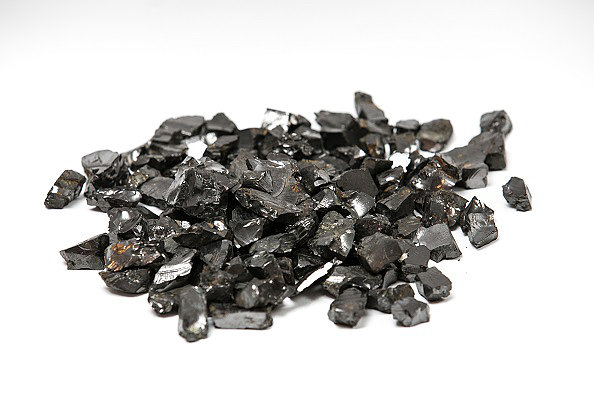Scientific Papers
Shungite (Mineralized Carbon) as a Promising Electrode Material for Electroanalysis
A recent study with exciting results.
This study tested two types of amorphous carbonaceous Precambrian rock, classified as noble elite shungite and black raw shungite, as possible electrode materials of natural origin. Both types were machined into cylindrical shapes to form the corresponding solid electrodes, and their physicochemical and electrochemical properties were compared with the standard glassy carbon electrode (GCE). The raw stones were first subjected to microscopic imaging by using scanning electron microscopy and energy-dispersive X-ray spectroscopy, both of which indicated significant differences in their morphology and in the content of impurities. An electrode prototype manufactured from noble elite shungite (EShE) with a carbon content of about 94% (w/w) has offered a very satisfactory electrochemical performance with a nearly identical heterogeneous electron-transfer rate constant of 7.8 × 10−3 cm s−1 for ferro/ferricyanide redox couple, a slightly narrower potential range (~2.1 V) and a relatively low double-layer capacitance (of ca. 50 μF), resulting in low background currents comparable to those at the GCE. In contrast, the second electrode based on black raw shungite (BShE) with a carbon content of ca. 63% (w/w) exhibited markedly worse electrochemical properties and more than four times higher double-layer capacitance, both of which were probably due to the presence of poorly conductive impurities. The whole study has been completed with three different examples of electroanalytical applications, revealing that the first type, EShE, is a more suitable material for the preparation of electrodes and may represent a cheap alternative to commercially marketed products.
See link below for the full study.
https://www.ncbi.nlm.nih.gov/pmc/articles/PMC9919474/





